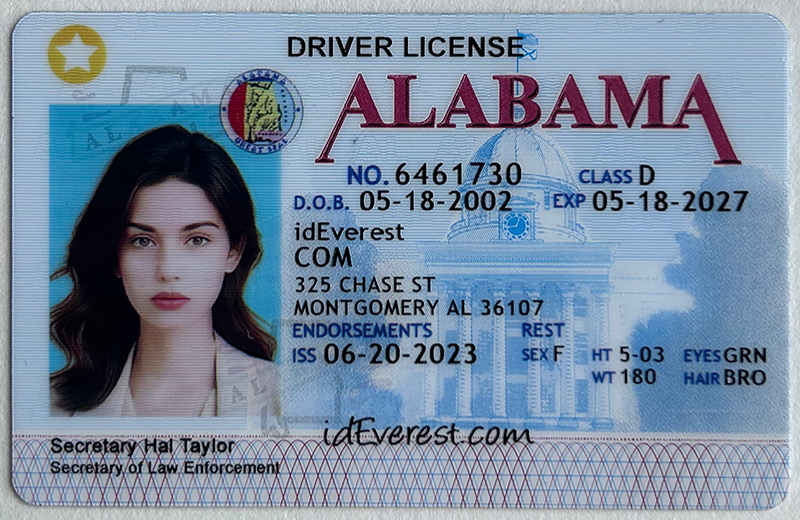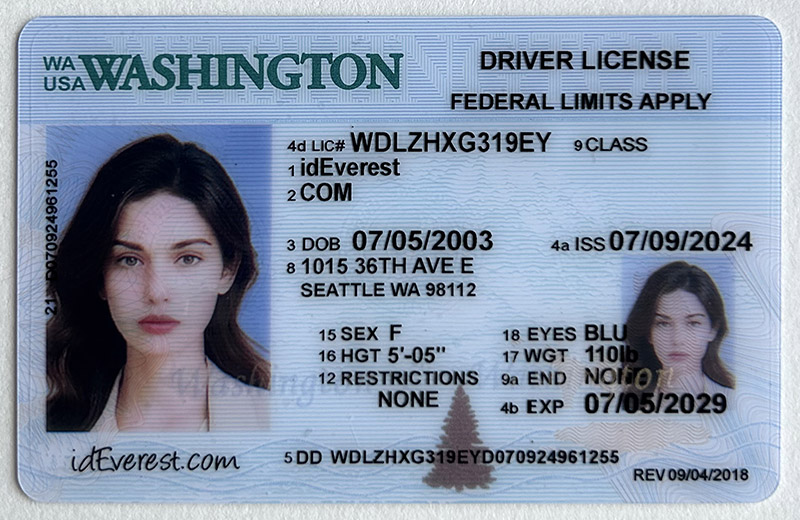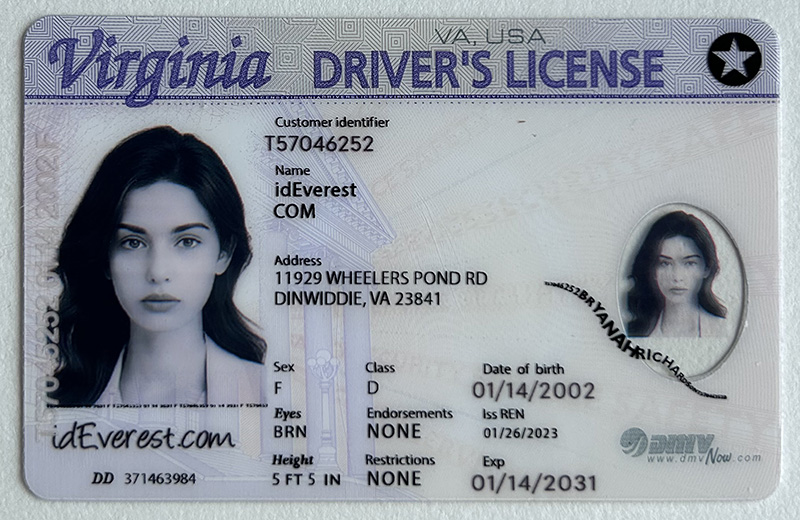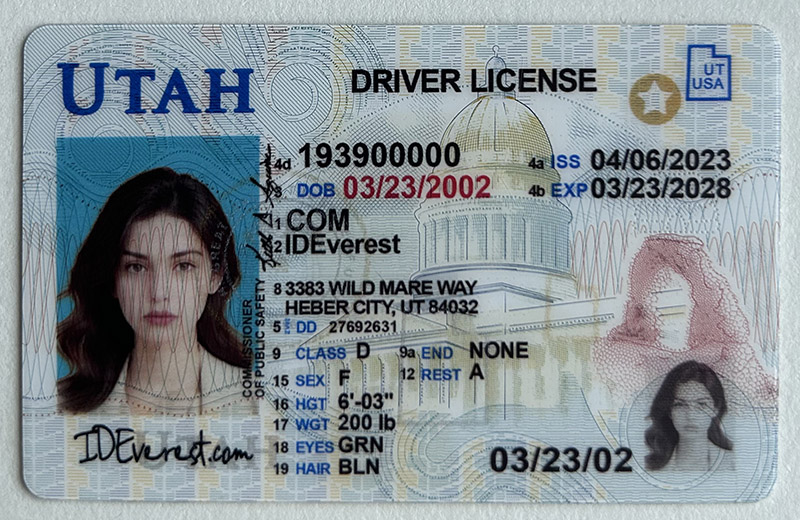dl meaning on fake id
Fake IDs and the Meaning of "DL" - A Comprehensive Guide
Introduction
In today's world, the demand for fake IDs has seen a noticeable increase, especially among young adults. A fake ID is a counterfeit identification document that is primarily used to gain access to age-restricted venues, purchase alcohol, or bypass other age-based restrictions. The allure of these IDs often lies in their ability to provide a sense of freedom and access that one might not otherwise have.
One of the most commonly misunderstood elements when examining a fake ID is the term "DL," which often appears on such documents. In this article, we will explore what "DL" stands for, the various characteristics of fake IDs, common questions associated with them, customer reviews, and issues users might encounter along with possible solutions.
Product Introduction: What Does "DL" Mean on a Fake ID?
"DL" stands for "Driver's License." On both real and fake IDs, "DL" is a common abbreviation used in the United States to denote that the document is a driver's license. A driver's license is an official document that authorizes an individual to operate one or more types of motorized vehicles. On a fake ID, this abbreviation is often replicated to imitate a genuine driver's license, thereby enhancing the fake ID's credibility.
Fake IDs are meticulously crafted to mirror the appearance of genuine government-issued IDs. They typically include similar security features such as holograms, UV ink, and raised text, which makes them difficult to distinguish from authentic IDs. These IDs are most commonly used by individuals under the legal drinking age to enter bars or clubs or to purchase alcohol. However, their use can extend beyond this, such as in bypassing other legal age restrictions or for identity concealment.
Features of Fake IDs
Fake IDs have evolved significantly over the years, with forgers continuously improving their techniques to produce high-quality replicas. Here are some notable features of modern fake IDs:
High-Quality Printing: Modern fake IDs utilize advanced printing techniques that replicate the crispness and clarity of real IDs. The use of high-resolution printers allows for detailed reproductions of state seals, signatures, and even microtext.
Holograms and UV Features: Many states in the U.S. incorporate holograms and UV features as security measures on their IDs. Quality fake IDs now mimic these elements, embedding fake holograms that change appearance under different light conditions and UV inks that are visible only under ultraviolet light.
Scannable Barcodes and Magnetic Stripes: An essential feature of modern IDs is their scannable barcodes and magnetic stripes, which store personal information. High-quality fake IDs are designed with these features, making them functional when scanned by machines at bars, clubs, or liquor stores.
Raised Text and Microprinting: To enhance their authenticity, some fake IDs include raised text that mimics the feel of real ID cards. Additionally, microprinting—tiny text that is only visible under magnification—is often replicated on fake IDs to further emulate genuine documents.
Customizable Information: Users often have the option to customize the details on their fake IDs, such as name, address, date of birth, and photo, to match their preferences or needs.
Common Questions About Fake IDs
1. Are fake IDs illegal?
Yes, the production, possession, and use of fake IDs are illegal in most countries, including the United States. Penalties for using or creating fake IDs can range from fines to criminal charges, depending on the jurisdiction and the intent behind the use.
2. How can one identify a fake ID?
Identifying a fake ID can be challenging, especially with high-quality forgeries. However, there are some indicators that can help, such as discrepancies in the font, alignment of text, unusual thickness or texture of the card, and flaws in the hologram or UV features. Additionally, checking the ID under UV light or scanning it with an ID scanner can reveal its authenticity.
3. Why do people use fake IDs?
The most common reason for using fake IDs is to gain access to age-restricted venues or to purchase alcohol and tobacco products. Some individuals may also use fake IDs to conceal their identity for various reasons.
4. Can fake IDs be detected by scanners?
High-quality fake IDs are often designed to pass basic scans. However, more sophisticated scanners that are connected to databases can sometimes detect fake IDs if the information stored in the barcode or magnetic stripe does not match any records.
5. What are the risks associated with using a fake ID?
The risks of using a fake ID include legal consequences such as fines, community service, or even jail time. In addition, there are potential social consequences, such as being barred from establishments or losing scholarships or job opportunities if caught.
User Reviews
Fake IDs have garnered a range of reviews from users, largely based on their quality and the reliability of the service providing them.
Positive Reviews:
High Quality and Attention to Detail: "I was amazed at the quality of the ID I received. The holograms and UV features looked authentic, and it even scanned perfectly at the club," says one user who was satisfied with their purchase.
Fast Shipping and Good Customer Service: Another user mentioned, "The service was quick, and the customer support team answered all my questions promptly. My ID arrived within a week, and I have had no issues using it so far."
Negative Reviews:
Inconsistent Quality: "My friend ordered from the same website and got a different result. His ID looked much cheaper and was rejected at a bar," shared a user, highlighting inconsistencies in product quality.
Legal Trouble: "I got caught using my fake ID, and now I have a court date. It’s not worth the risk," said another user, underscoring the potential consequences of using fake IDs.
Problems and Solutions During Use
Despite their growing sophistication, users of fake IDs may encounter several problems. Here are some common issues and solutions:
Problem 1: ID Not Scanning Properly
Solution: Sometimes, barcodes or magnetic stripes on fake IDs may not scan correctly due to poor quality or improper encoding. If an ID does not scan, it’s usually best to avoid trying to use it multiple times in the same place, as this could raise suspicion. Some users recommend purchasing from a different vendor with better reviews for scannable IDs.
Problem 2: Identification by Security or Law Enforcement
Solution: If security personnel or law enforcement identify a fake ID, it is best to comply and not escalate the situation. Most venues will simply confiscate the ID and deny entry, but law enforcement might issue a citation or arrest depending on the jurisdiction and the circumstances. Always be aware of the legal risks involved.
Problem 3: Inconsistencies in the ID
Solution: Minor inconsistencies, such as incorrect fonts or slight alignment issues, can give away a fake ID. Before using, it is crucial to thoroughly check the ID for any obvious errors and compare it with a legitimate ID from the same state. If the discrepancies are too noticeable, it’s better not to use the ID.
Problem 4: Legal Consequences
Solution: If caught with a fake ID, it is vital to consult a lawyer, especially if facing charges. Legal professionals can provide advice on how to handle the situation and minimize potential penalties.
Conclusion
Fake IDs, especially those with "DL" or "Driver's License" indicators, are increasingly sophisticated but come with significant risks. Understanding the characteristics and potential pitfalls of using a fake ID is crucial for anyone considering acquiring one. While they can offer a temporary solution for underage individuals looking to bypass age restrictions, the legal and social consequences can be severe and long-lasting.
For those contemplating using a fake ID, it is important to weigh the benefits against the risks carefully. High-quality fake IDs can be hard to detect, but they are not foolproof, and getting caught can have lasting repercussions. The best advice is always to act responsibly and be aware of the laws and regulations in your area.
Ultimately, while fake IDs may seem appealing to some, they are illegal and potentially dangerous. Making informed decisions and understanding the risks involved can help individuals avoid unnecessary legal trouble and the negative impacts associated with using fake identification.
 Authentic Scannable Alabama F
Authentic Scannable Alabama F
 Authentic Scannable Washington
Authentic Scannable Washington
 Authentic Scannable Virginia
Authentic Scannable Virginia
 Authentic Scannable Utah Fake
Authentic Scannable Utah Fake